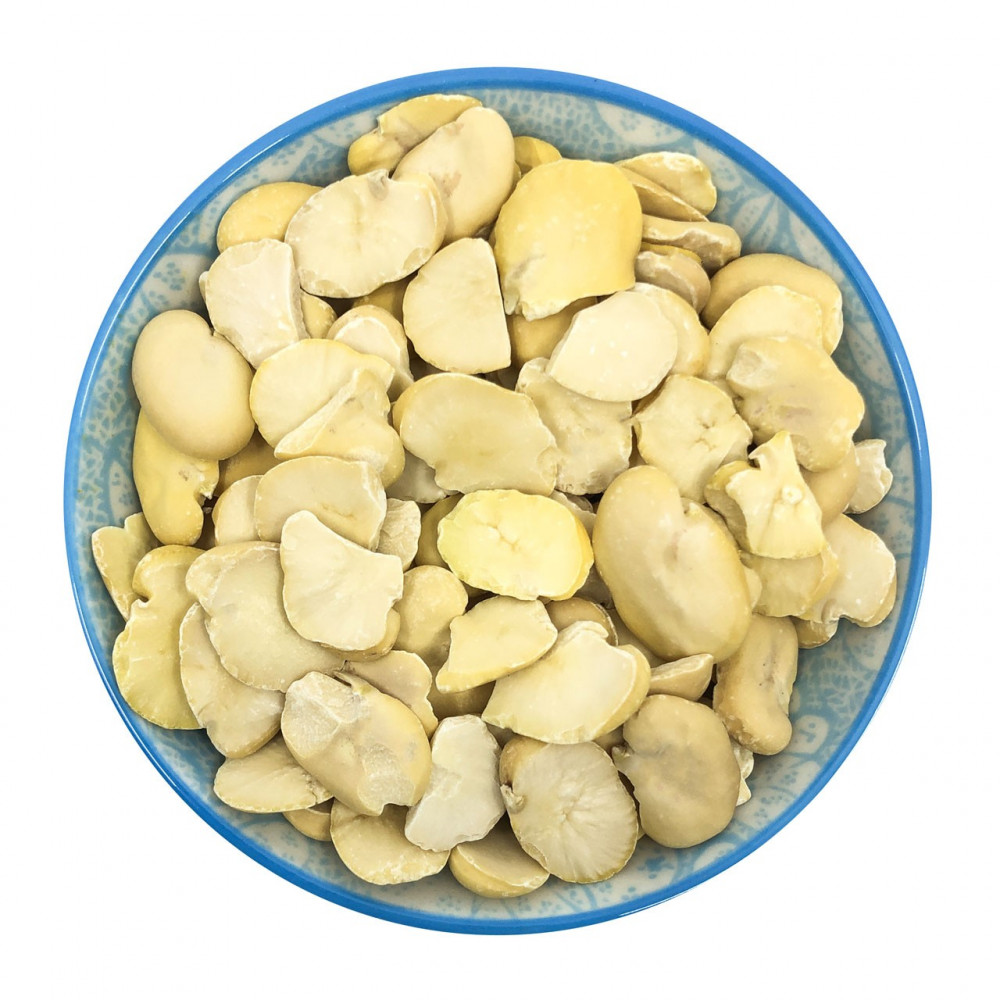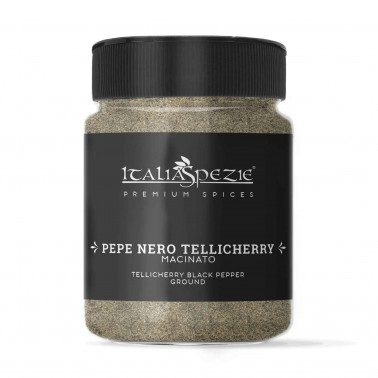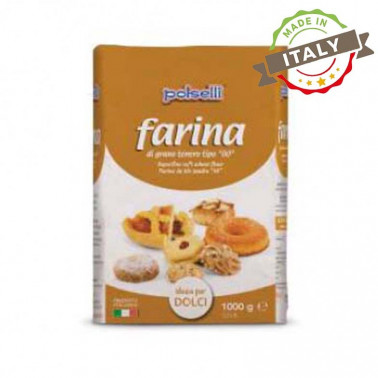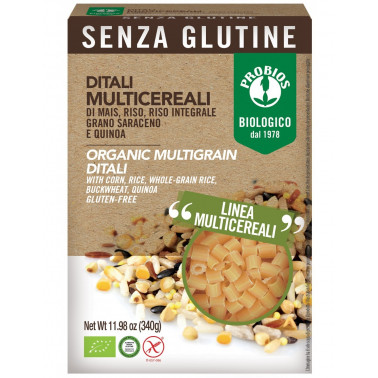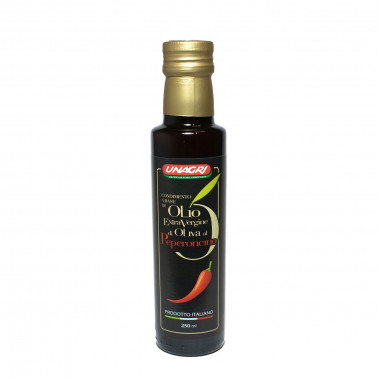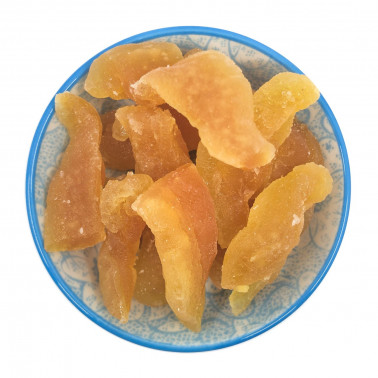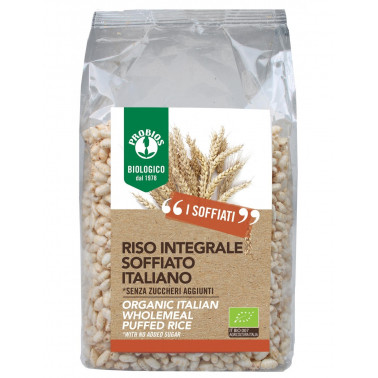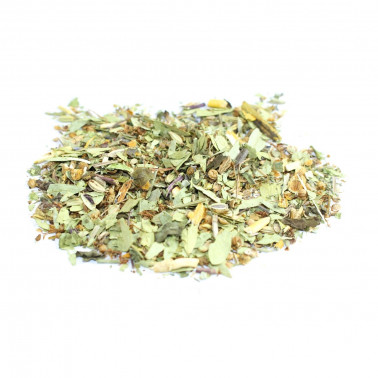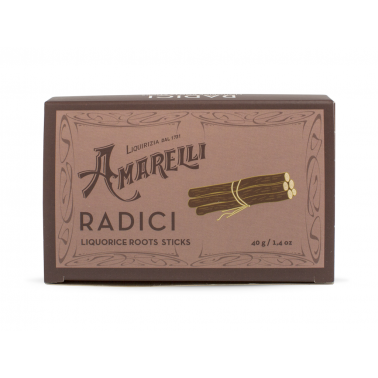Shelled dried peeled peeled broad beans
 Total Rating
Total Rating
Fast Shipping: 1 - 3 working days
- Shelled dried broad beans
- Dried broad beans are among the most protein-rich legumes
- Ideal for legume soups or as a side dish.
FREE SHIPPING
For orders starting from 59 €
SECURE PAYMENTS
Guaranteed and secure payments
CUSTOMER SERVICE
VERIFIED REVIEWS
Description
Dried beans without shell
The beans belong to the legume family and are classified under the name "Vicia Faba". The bean plant has an erect stem and is up to a meter high, producing linear pods up to 30 cm long that contain oval and flat seeds inside. This plant is usually grown as a fodder plant.
The seeds contained in the pods have excellent nutritional properties such as a high content of proteins, carbohydrates, vitamins (A, B, C, K, E, PP), mineral salts (important for their drainage action) and fiber present especially in their outer skin. Among the legumes they are the least caloric, but be careful: if for 100 grams of fresh beans the energy intake is only 37 calories, for the same weight of dried beans the intake rises to 342 calories.
Dried beans are the legumes that provide the highest amount of protein.
Dried broad beans are found both with peel and peeled. If with the peel, they must be soaked for 16-18 hours in warm water before cooking, while, if peeled, they need a soak in cold water for about 8 hours.
As for cooking times, it is necessary to calculate 30 minutes in boiling water, which is reduced to 6-8 with the pressure cooker.
Rich in folic acid very important for the functions of the snow system for the synthesis of DNA and RNA, broad beans are useful in pregnancy to prevent some malformations of the fetus. In addition, thanks to the high content of manganese, they are a valuable aid in the prevention of arthritis and osteoporosis.
Dried broad bean leaves are used in herbal medicine as a natural remedy to stimulate diuresis.
Dried beans: In the kitchen
Dried beans can be the protagonists of first courses with rich and nutritious flavors, such as mixed legume soups, pasta, a simple side dish seasoned with a drizzle of extra virgin olive oil or a creamy mash to accompany the fish.
Fresh beans can be eaten naturally or used together with bread, cold cuts or cheeses.
Nutrition Facts
- Calories
- 341 kcal / 1428 kj
- Carbohydrates
- 54,80 g
- Sugars
- 4,90 g
- Proteins
- 27,20 g
- Fibers
- 7 g
WARNINGS: The advice dispensed is in no way to be considered of medical / prescriptive value . The information provided is for purely informative and informative purposes, therefore it is not intended in any way to replace medical advice. In the presence of pathologies it is always necessary to consult your doctor.
The images are inserted for illustrative purposes, the product may undergo changes based on stock availability and the selected weight.
Information
Origin
Egitto
Reviews
Opinion
0 of 0 people found the following review helpfulIt is an excellent well -stored product well packed, competitive price!

